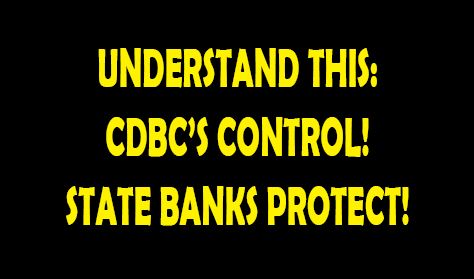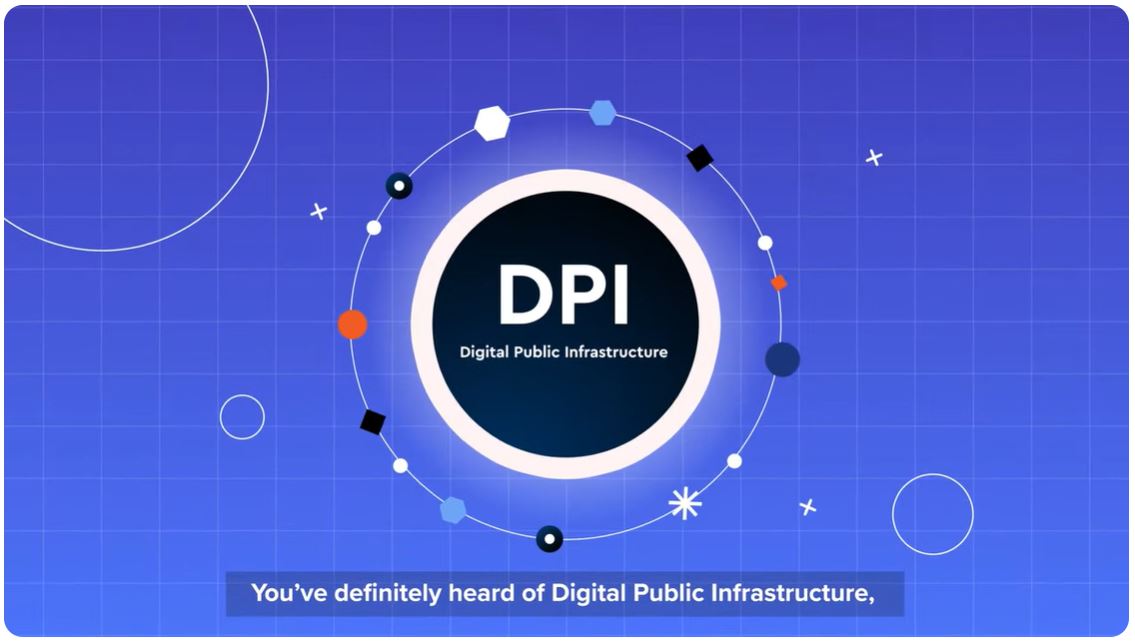
What About A State Bank?
By Karen Schumacher
Doom and gloom messages of a financial apocalypse across the world continue, with many questions as what can be done about it. Most certainly, this federal administration has no intention of taking any corrective action, and the current Idaho governor doesn’t seem to grasp how he has entangled our state into the fray.
Creative solutions that go beyond just electing someone need to be considered, especially those that can protect Idaho from the current tyrannical federal government. Nullification is just one idea. Given the current horrific federally created economic situation, perhaps Idaho should give some consideration to creating a sovereign state bank. Following is an overview of how it would work, just something to consider.
There is one state bank in the United States, the Bank of North Dakota (BND), established in 1919, and efforts are underway to establish a state bank in Tennessee. Similar efforts have been underway in Massachusetts and Washington.
Catherine Austin Fitts explains there are many advantages to having a state bank starting at the 13:15″ to 29″ mark in this video. Some of the points she raises are that state transactions can be conducted through a state bank rather than through large central banks, and can prevent central banks from forcing digital currency onto local banks and citizens. Small Idaho banks and credit unions would not have to borrow money from large central banks but rather from the state bank. Governor Little is always bragging about the state surplus, wouldn’t a state bank be a better place to hold a surplus rather than JP Morgan? At the 36:09″ mark Fitts goes on to explain a state bank could protect small banks and credit unions by lending to small businesses, perform underwriting, and provide municipal bonds.
Tennessee Senator Frank Niceley has been advocating for a state bank and bouillon depository. For a more in-depth look at how a state bank would operate, Richard A. Werner wrote a report with the details and discusses it briefly with Fitts in this video. A state bank is located only at one facility, but could be used as a bouillon depository for both the state and individuals. Included in the video is a discussion on how small banks can be protected from the central bank digital currency (CBDC) with Fitts showing a short clip of a globalist describing how CBDCs can be used for control.
Concern over CBDC cannot be overemphasized as explained by Fitts starting at the 6:55″ mark. Another Idaho bill, H585, would have excluded CBDC from the definition of money, but it failed to pass. Those who voted no on this bill need an education on the dangers of CBDC and that an interoperable infrastructure, called Digital Public Infrastructure (DPI), is being built for such reason and supported by the World Economic Forum (WEF). It means everyone must have internet access and the United States is making sure it happens. It is also the key to the Internet of Things (IoT) that will eventually lead to the Internet of Everything (IoE).
Back to the bouillon depository, SB1314 was sent to the Governor for signature that would have allowed the Treasurer to hold some “portion of state funds in physical gold and silver to help secure state assets against the risk of inflation and financial turmoil…”. Unfortunately, Governor Little vetoed it which essentially leaves Idaho vulnerable to the federal financial fiascos. A state depository would alleviate his fears of storage costs. Tennessee is smarter, having recently authorized the state to protect state funds with gold and silver reserves which will help protect that state’s financial independence.
Another state bank advantage would be preventing centralized banks from restricting gold and silver as tender. Idaho attempted to authorize gold and silver as legal tender this year but it did not move forward. Following a New Zealand cyclone, it became clear why cash is needed. The New Zealand Governor of the Reserve Bank echoed Fitt’s words, “When people lose the ability to transact…social cohesion is very quickly challenged.”
In this video Fitts briefly discusses the structure and governance of the North Dakota state bank from the 16:45″ to 26″ mark. This video is longer but provides some information about the food system and a state bank, how the dependency on federal dollars is a problem (which Governor Little doesn’t seem to understand), how involvement with corrupt corporate banks can be controlled, and various other suggestions.
Citizens have already witnessed attempts to manipulate financial sources, whether it be prohibiting access if cash is used, closing accounts to those who hold certain beliefs, or federal and bank collusion to snoop into private financial information. The danger of CBDCs, how they would be used for control, is enough to pursue the idea of a state bank for protection of Idaho citizens.
Everyone needs to start thinking solutions to protect Idaho, and become more involved.
